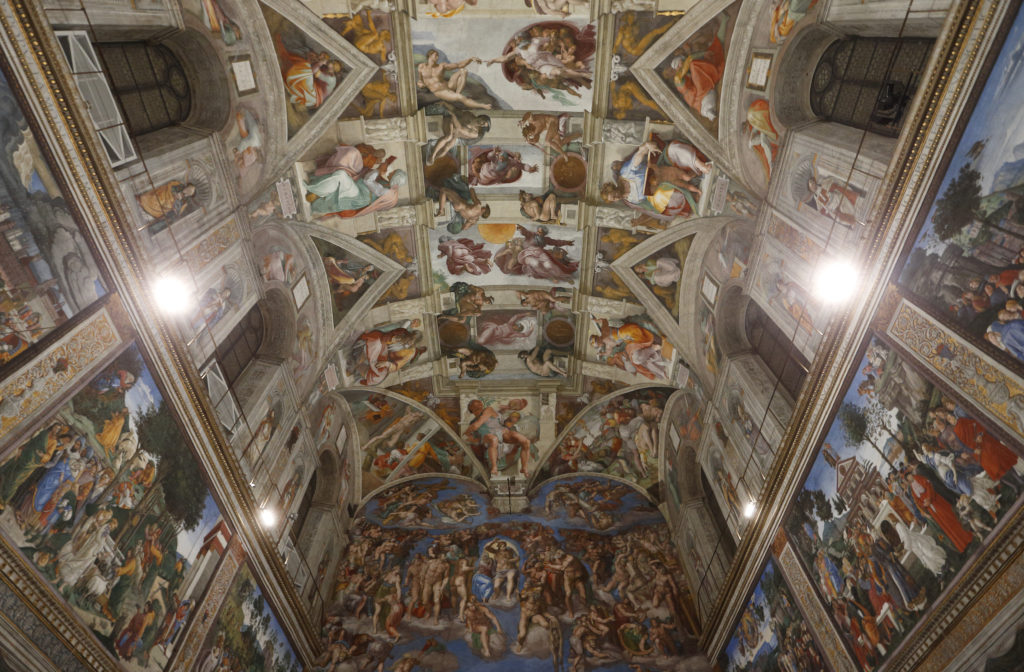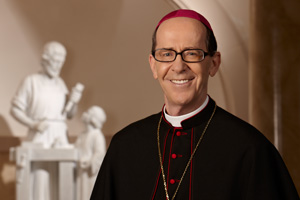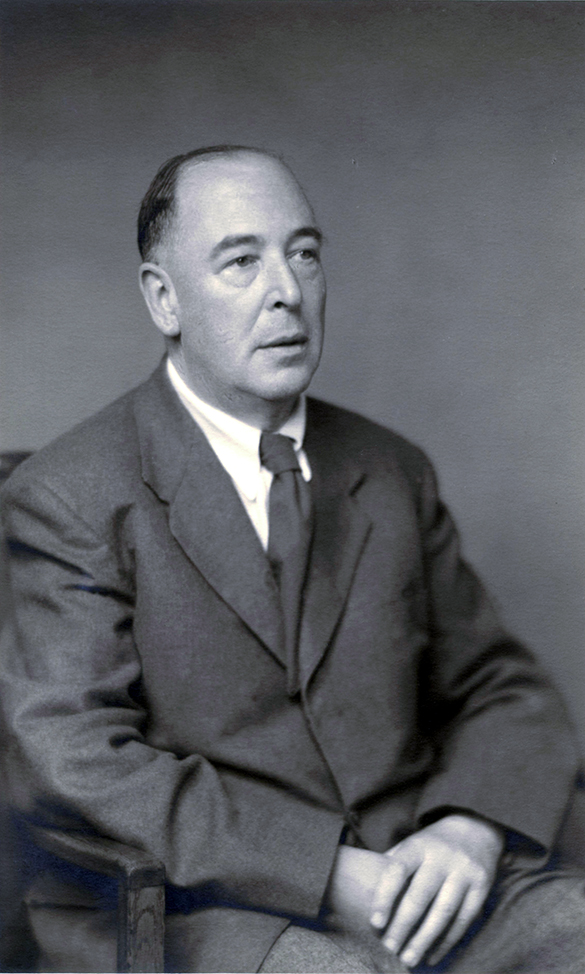
The Transcendentals

First in a Series
The human heart is a unique reality; it can never be empty. It will always desire and seek after truth, goodness and beauty. Every person in every age and place, whether they believed in God or not, has always strived for, and chosen what they thought was true, good and beautiful.
In philosophical traditions going back to Plato and in Catholic tradition as well, Truth, Goodness and Beauty, are called the Transcendentals. They not only “transcend” or exist independently from material things, but when we pay attention and try to detect them in the physical world, our heart and mind can be drawn upwards to God. The Transcendentals give us glimpses into what is spiritual. They signal to us that there is something much more beyond ourselves. Think of a moment when a person is attentively listening to beautiful music. From a natural point of view, music is seen as just vibrations in the air reaching our ears and stimulating our senses. But how is it that music has the power to profoundly touch the hearts of listeners?
Man’s deepest longing

By creating us in His image and likeness, God has placed in our heart a desire for perfection and total fulfillment. We will never be satisfied with a little truth, a little goodness and a little beauty. We will always desire — even yearn for — truth, goodness and beauty without limits. Our mind wants not just some truth, but the whole truth; our will wants not just some good, but the whole good; and our heart wants not just some beauty but the whole beauty. The reality, however, is that we live in a fallen world where we will never encounter perfect truth, goodness or beauty except through the help of God’s grace.
Soon-to-be Blessed Archbishop Fulton Sheen explained this spiritual longing for the Eternal as follows: “The human heart is not shaped like a valentine heart, perfect and regular in contour; it is slightly irregular in shape as if a small piece of it were missing out of its side… It may very well mean that when God created each human heart, He kept a small sample of it in heaven, and sent the rest of it into the world of time, where it would each day learn the lesson that it could never be really happy, that it could never be really wholly in love, that it could never be really whole-hearted until it rested with the Risen Christ in an eternal Easter, until it went back to the Timeless to recover the sample which God had kept for it from all eternity” (“Manifestations of Christ”).
Transcendentals: Patches of ‘Godlight’

In desiring these things, man is really desiring God because He is all of these: Truth, Goodness and Beauty. In longing to possess Truth, Goodness and Beauty, we are seeking God because they are found in God as absolutes. God doesn’t have these attributes; He is Truth, Goodness and Beauty. So, whenever we encounter Goodness, e.g. the innocent smile of a child, we see something which points to the essence of God Himself. The same is true with Beauty; the sight of a beautiful sunset also points to God. He is not just beautiful, He is Beauty. All that is beautiful reflects Him in some way. Similarly, all that is true points to God. C.S. Lewis compares the truth, goodness and beauty that we experience on earth to “patches of Godlight” here in the “Shadowlands.”
The Transcendentals are intrinsically intertwined; where there is truth, there is also beauty and goodness. Hence, the Catechism says: “The practice of goodness is accompanied by spontaneous spiritual joy and moral beauty. Likewise, truth carries with it the joy and splendor of spiritual beauty. Truth is beautiful in itself” (2500).
In fact, Truth, Goodness and Beauty are one in the Person of Jesus Christ. Recall the Gospel scene where Pilate questions Jesus about truth, Pilate asks: “What is truth?” without realizing that “Truth” is literally staring him in the face. Jesus also revealed to Pilate the “goodness” of His Kingdom, a Kingdom not of earthly power and violence, but of transcendent peace and love (Jn 18:36-38). Even Christ’s disposition under the weight of terrible suffering is “beautiful” to behold; not one of anger or fear, but of self-possession, strength and confidence in the Father. Jesus is the very incarnation of Truth, Goodness and Beauty. Therefore, when we seek “patches” of these in the here and now, we are really seeking Christ Himself. If He is the end towards which we strive, then He is also the means by which we attain it. All that is true, good and beautiful have their source in Christ and lead us to Him.
Pope St. John Paul II wrote: “It is Jesus that you seek when you dream of happiness; He is waiting for you when nothing else you find satisfies you; He is the beauty to which you are so attracted; it is He who provoked you with that thirst for fullness that will not let you settle for compromise; it is He who urges you to shed the masks of a false life; it is He who reads in your hearts your most genuine choices, the choices that others try to stifle” (Homily August 19, 2000).
A Pathway for Life’s Choices
In today’s relativistic culture, Transcendentals are minimized and undermined. A deceitful shift in focus has taken place: now, the true, good and beautiful are centered not on God but on self. As a consequence, the truth becomes what we make of it: “You have your truth and I have mine.” Objective beauty is treated like it doesn’t exist; it’s simply a matter of personal opinion: “Beauty is in the eyes of the beholder”. Intrinsic goodness, too, is denied; the good is only “what is the best choice for me”.
Now, more than ever, we must guard against compromising the Transcendentals. Pope Emeritus Benedict XVI in an address to the U.S. Bishops in 2012 warned: “When a culture attempts to suppress the dimension of ultimate mystery, and to close the doors to transcendent truth, it inevitably becomes impoverished and falls prey, as the late Pope John Paul II so clearly saw, to reductionist and totalitarian readings of the human person and the nature of society.”
Living in such a secularist society, the danger exists of accustoming ourselves to chase after things that are less true, good and beautiful. Even if our heart is made for Truth, Goodness and Beauty, we can fall into the danger of accommodating ourselves to the false, the evil and the ugly. No one chooses what he thinks is bad. Nevertheless, we can find ourselves seeking only an apparent good. Bad choices can be made due to a faulty understanding of real values. The story of the sin of Adam and Eve illustrates how this happened: “When the woman saw that the fruit of the tree was good for food,” (goodness) “and pleasing to the eye,” (beauty) “and was also desirable for gaining wisdom,” (truth) “she took some and ate it” (Gn 3:6).
The Catechism of the Catholic Church states that “all creatures bear resemblance to God, most especially man, created in the image and likeness of God. The manifold perfections of creatures — their truth, their goodness, their beauty all reflect the infinite perfection of God” (41). Here we are offered a very valuable lesson: Through the Transcendentals, we are given the incredible opportunity to have a glimpse of God here on earth.
In the next issues of The Catholic Sun, we will explore, in turn, Truth, Goodness and Beauty, and the path they provide for making our life choices. Let us walk together the path that finds its fulfillment in Christ.






